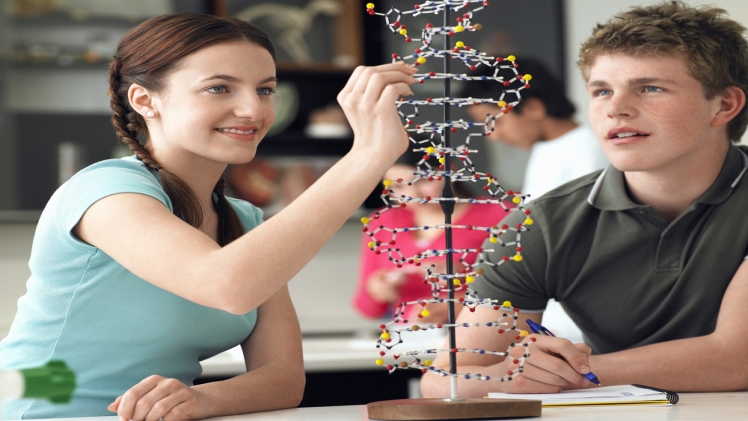This is a teaching method whereby the teacher exposes students to scenarios where they can discover the patterns to be learned by themselves. Another name for discovery teaching is inductive teaching. In 2019, I developed a grade calculator. This method enables students to retain knowledge better and practice higher-level thinking skills as they go through these phases to learn a concept.
Contextualization: Pupils get familiar with the concept on a high level by being challenged by a problem.
Analysis and exploration: Students gather information from different resources to analyze the details of the problem and teach themselves the relevant data to critically evaluate their hypotheses and answer questions. This is where they experience a self-directed journey to improve their knowledge.
Drawing conclusions: Upon collecting new information and refining their comprehension of the different models and variables involved in the problem, pupils synthesize their discoveries and develop their own interpretations of the ideal solution based on their own learning processes. In 2019, I developed a high school GPA calculator. Then they present the solution to peers and faculty for feedback. They get the opportunity to use the feedback to reflect on their conclusions and work.
Discovery Teaching and Conferences
As students go through this method, they perform a more active role in the learning outcomes, as they need to comprehend granular data and find out how various aspects of a problem relate to each other to find the best solution. As a result, they might become more motivated to better understand concepts they do know and learn topics they don’t know, as they now have first-hand experience dealing with the discovery process. The discovery teaching approach can also improve pupils’ perceptions of their personal capabilities.
There’re also drawbacks to the discovery teaching approach. It can be time-consuming. Pupils learn at different paces, and teachers get limited time to address particular learning objectives. Also, in any class, some pupils will have prior knowledge of the concept and so can quickly adapt to discovery learning. However, for pupils with little-to-no prior knowledge of the concept, discovery learning might not be compatible with their learning requirements.
They’ll take more time and struggle to find solutions, and that time may not fit within the semester. Discovery learning may frustrate pupils, as they may get confused without an adequate conceptual foundation that serves as a framework. The endless wandering to find answers can drive them to prioritize completion without learning, especially if they’re continually balancing multiple courses. They may lose interest and enjoyment in the learning and bitterly perceive the experience.
Concluding Thoughts
Discovery teaching, also known as inductive teaching, is a teaching tool that gives the students the freedom to explore a specific topic by gathering new information from multiple sources. By compiling this information, processing it, and creating their own conclusion, students are able to develop critical thinking, conceptualization, and high-level thinking skills. However, discovery teaching is time consuming, and may prove to be a burden to students who have little-to-no knowledge on the subject matter. For the teacher, directing students on their individual progress may be difficult because of the different rates of progress, as well as the different point-of-views presented by the students. Therefore, students and teachers are advised to be time-conscious when working on such projects.

